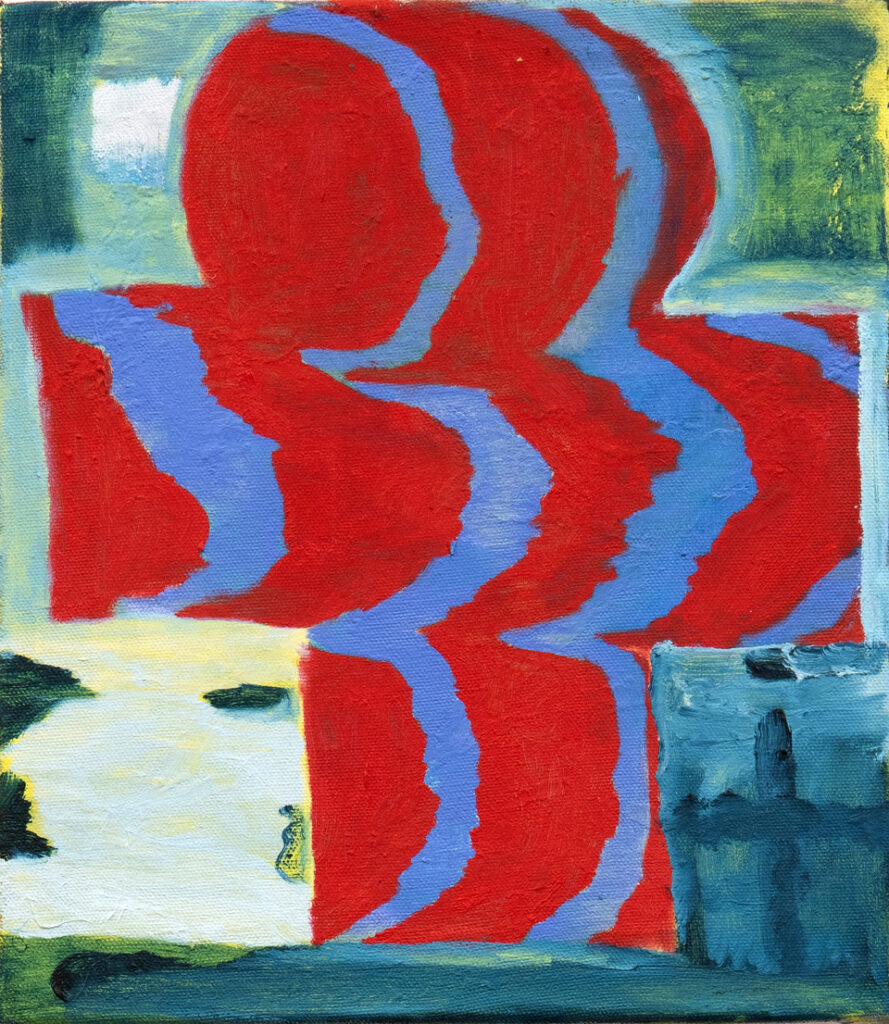Eilert Asmervik UNGEMESSENE SAMMELSTELLEN DES WELLENBADES, 2020 (Detail)
They show perspectives and points of view that are directed from the present, the status quo, into the future and, as before in art, give rise to meaningful scenarios in the minds of the viewers. Contemporary positions & utopias enter into a discourse. The exhibition is on view until 23rd October.
After all, there is something to consider:
At the end of 2020, 1.1 per cent of the world’s population owned 45.8 per cent of the world’s wealth. In 2021, a total of around 1.6 million people in Austria were considered at risk of poverty or exclusion*.
Over one million children die every year from severe, acute malnutrition, and every day about 150 species – animals and plants – become extinct in this world and never return.We know from history that many artists had to eke out a hard living and could only survive well if they had patrons. And these patrons usually decorated themselves with the art they delivered.Leonardo da Vinci also survived through patrons. For example Ludovico Sforza, Cesare Borgia, Lorenzo de Medici. Da Vinci was a universal artist and before his death he left information like this: “The air will be thinner and without moisture, the rivers will be without water supply, the earth will grow nothing. The animals will starve. Even the people will have nothing left but to die. The once fertile earth will become desolate and empty.”And it is precisely for this reason that artists, many of whom are still struggling to survive, and scholars point to where something needs to be questioned, that we should all consider ourselves fortunate when art finds recognition, is publicly supported and can touch people, even in times like these.
Artists should be able to live from their work “art”. Their work should not be seen as a financial investment, but as an aesthetic-empathic experience or ethical-moral torture, as the investment of a gain in knowledge.If art and culture are recognised as fundamental components of society, a cohesion of people should also be achieved through a castling in the mechanisms of ownership towards a just world worth living in.Or is it enough that the Habsburg-Lothringen art collection in the Museum of Art History is currently open to the public for € 18?
Eilert Asmervik (*1997, Trondheim, NOR) lives and works between Graz and Paris.
As a visual artist specialising in painting, he explores different possibilities for pictorial worlds and processes the conditions of their creation. His painterly practice is in a constant dynamic exchange with his parallel music-sound connection, which has a mutually stimulating effect.
A superimposition of visual worlds saturates the spectrum of his cross-media image production; digital, painted and printed images form links in the “chain of image and but-image”.
Video, sound design, publications and installations are among the secondary instruments of his artistic work.
He has been studying painting at the Academy of Fine Arts Vienna with Daniel Richter since 2019, with residencies at the Beaux Arts de Paris with Nina Childress (2021/22) and the Academy of Fine Arts DĂĽsseldorf with Andreas Schulze (2023). Exhibited at Forum Stadtpark Graz, kunstGarten Graz, Printed Matter New York and Galerie Sophie Tappeiner Vienna, among others
Translated with www.DeepL.com/Translator (free version)
Eilert Asmervik & Nigel GavusÂ
without title (Video Color, Sound, 30:00 min, 2022)
Does the sound come to the ear or does the ear go to the sound?Â
The film has arisen through improvisatory nature and openness.
In it, we float through awareness of sound, reality planes, and ambiguousness.
Appreciating the singularity of wordlessness and plenty of possible planes of subjective interpretation the creators have preferred not to commit further categorization or definition by words.
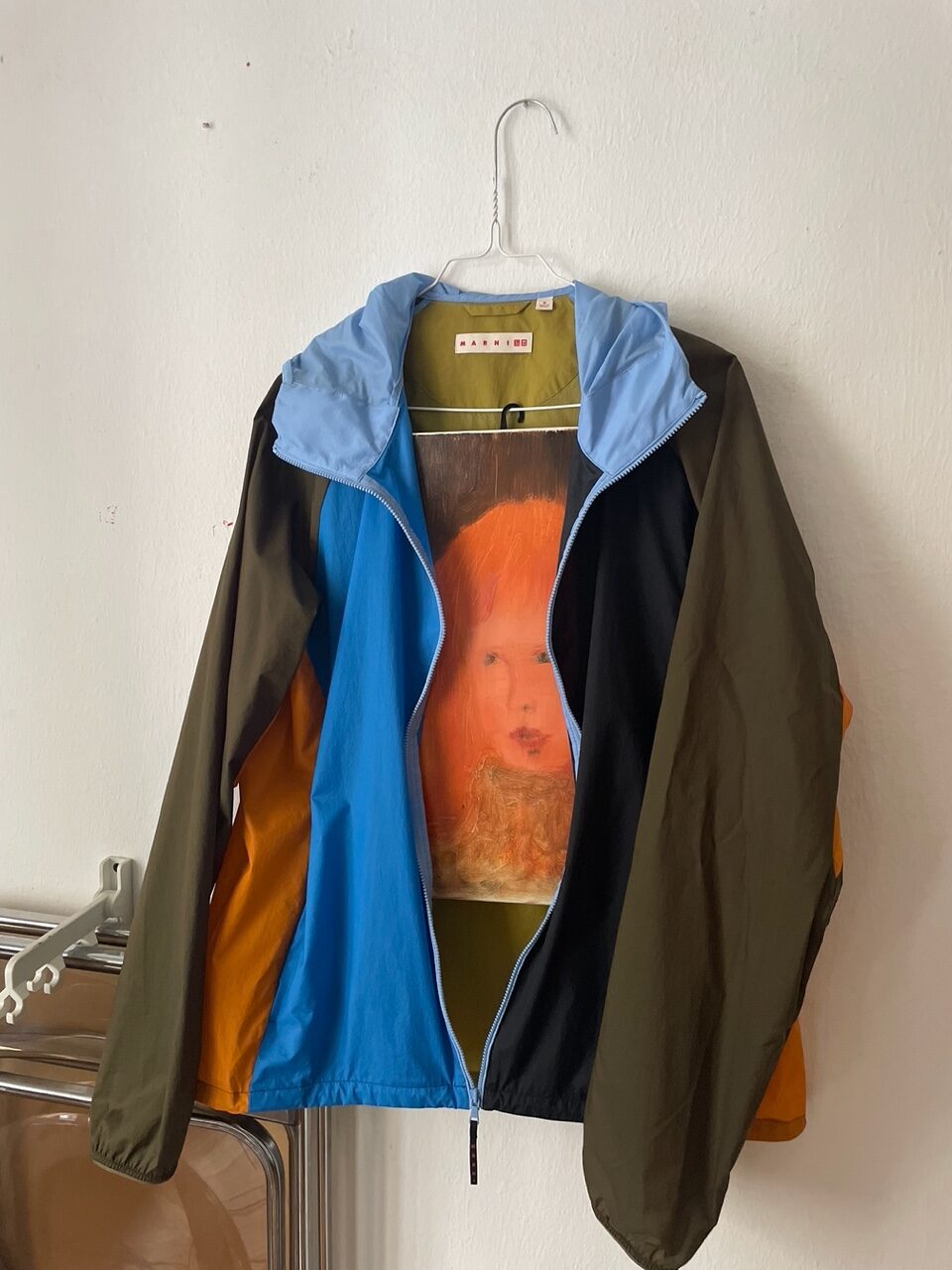
Adrian Buschmann MARNI (MISERABLE), 2022, Mixed Media, ca. 70×40 cm.
Nigel Gavus & İlkin Beste Çırak
*1992 Graz, lives in Vienna and Graz / *1994 Izmir, lives in Vienna
Nigel Gavus is a filmmaker and visual artist. He graduated from the Friedl Kubelka School for Independent Film and is currently studying at the Academy of Fine Arts Vienna. In his work he deals with time, memory, identity and the relationship between poetry and cinema. He lives and works in Vienna and Graz.
İlkin Beste Çırak is a visual artist and poet. She is a graduate of the University of Applied Arts (Social Design) and is currently studying Sculpture & Spatial Strategies at the Academy of Fine Arts Vienna. Starting from public spaces as the core of coexistence, she deals with localities, identity, cultural production and participation. She lives and works in Graz and Vienna.
Ä°lkin Beste Çırak & Nigel Gavus IT’S ON A DAY LIKE THIS … (16MM TO VIDEO, COLOUR, SOUND, 16:00 MIN, 2021)

Ä°lkin Beste Çırak & Nigel Gavus: “It’s on a day like this … “(16mm to Video, Color, Sound, 16:00 min, 2021) – Film Still
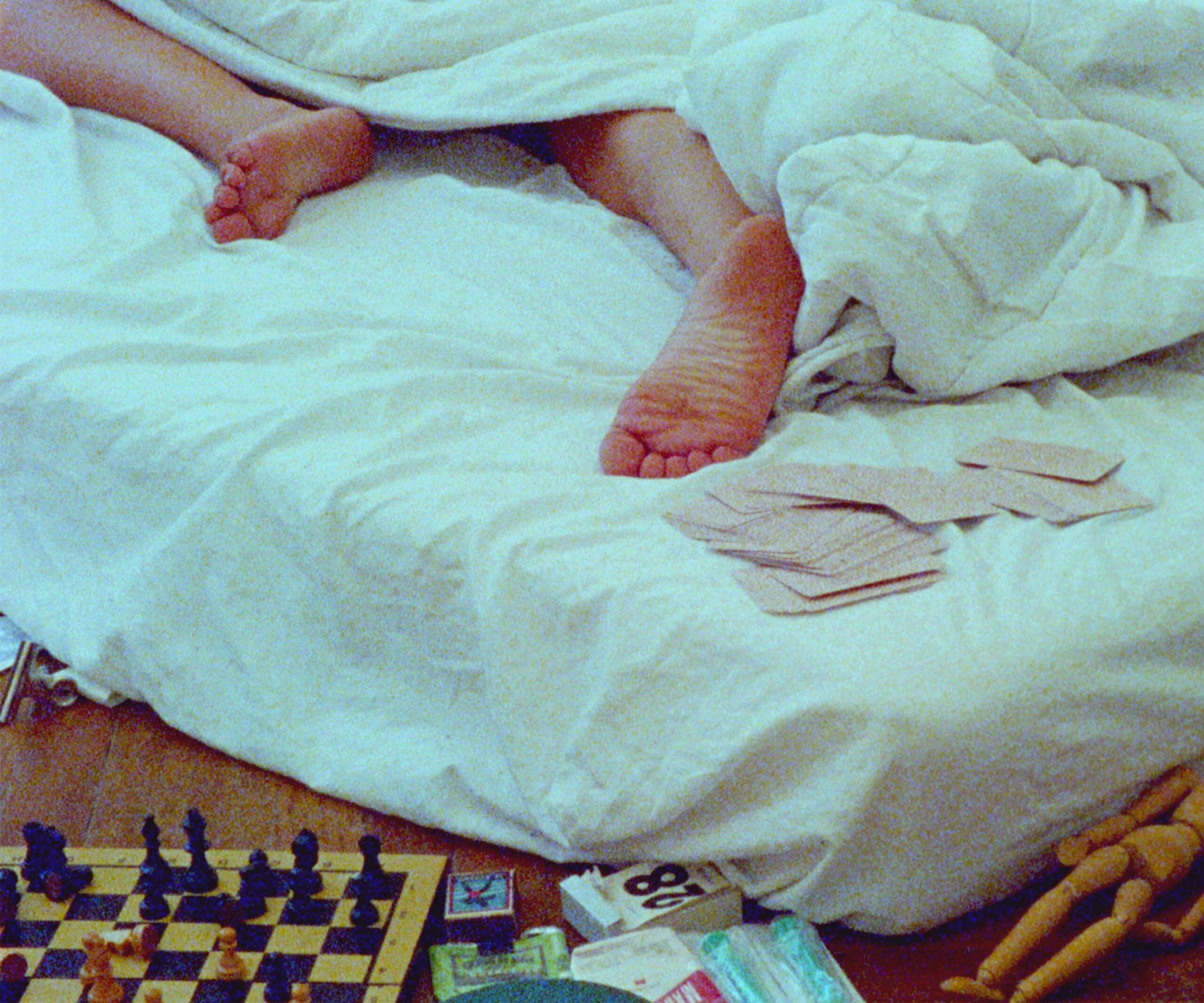
Ä°lkin Beste Çırak & Nigel Gavus: “It’s on a day like this … “(16mm to Video, Color, Sound, 16:00 min, 2021) – Film Still
Synopsis:
A woman lies on a bed, surrounded by everyday things – pop-culturally charged as well as personally symbolic. She enters into a dialogue with them, touches them, picks them up, sets them in motion and puts them away again. In addition, on the soundtrack, a stream of thoughts circling around the very big in the small: a film that confronts the narrowness of a world surrounded by four walls with precision and conciseness.
Alexandre Astruc wrote that film can think by establishing and depicting relationships between people and things. In Nigel Gavus’ and Ä°lkin Beste Çırak’s It’s on a day like this…, the captivating clarity of this observation becomes apparent in the film and on the film: a woman lies on a white-covered bed, surrounded by simple – everyday, pop-culturally charged as well as personally symbolic – things. She enters into a dialogue with them, touches them, picks them up, sets them in motion and puts them away again. In addition, a stream of thoughts unfolds on the soundtrack, circling around the very big in the small, the world of objects, the questions of existence in a present outside the image: a film that confronts the narrowness of a world surrounded by four walls, a cadre surrounded by four sides, through the precision and conciseness of a physical play and a cinematic gaze. Everything is possible, in the smallest of spaces, in cinema as in life.
Text: Alejandro Bachmann
İlkin Beste Çırak & Nigel Gavus
LETTERS FROM A WINDOW (35MM TO VIDEO, B&W, 4:30MIN, 2020)
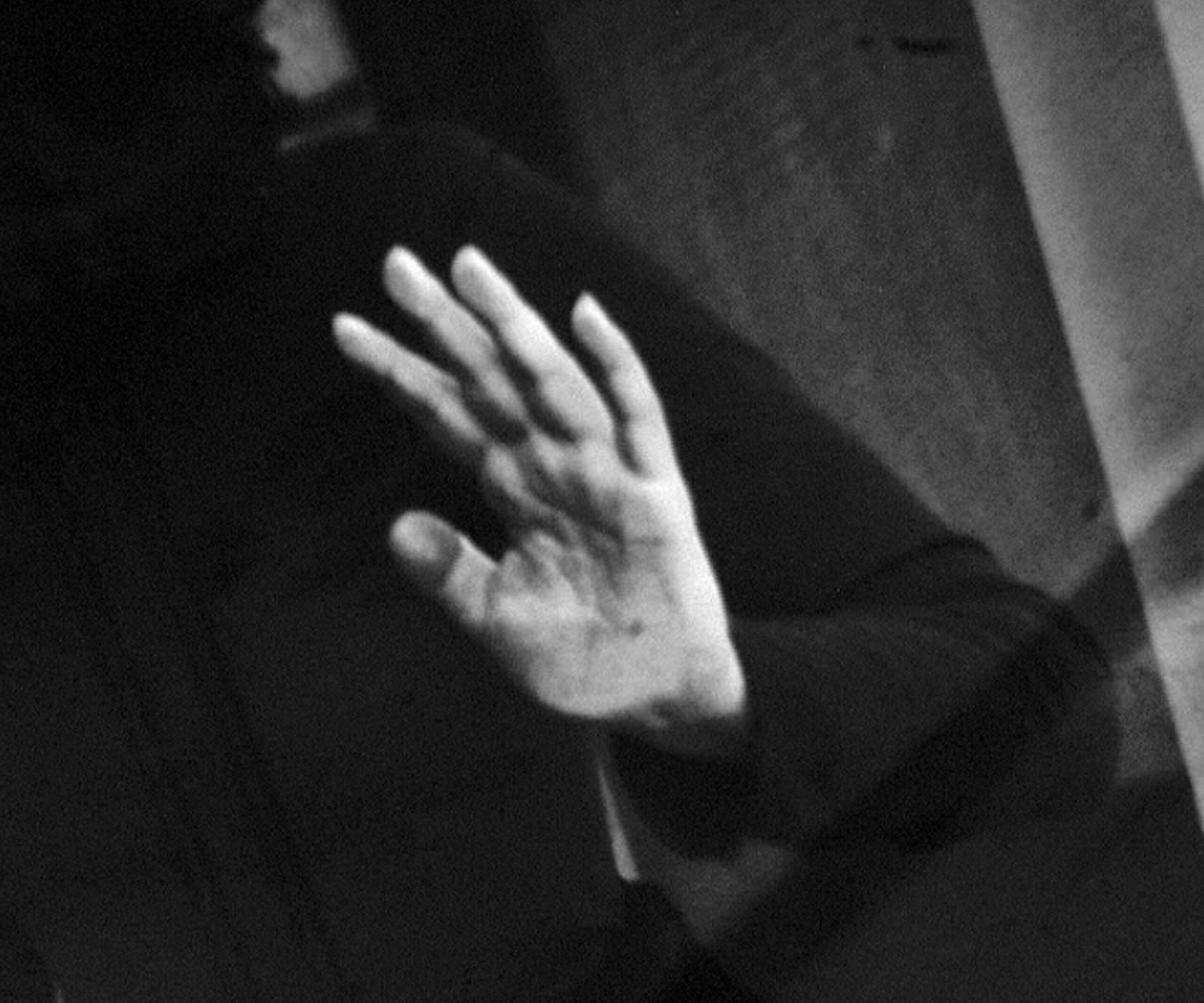
Ä°lkin Beste Çırak & Nigel Gavus: Film Still “Letters from a Window”, 2020 – Film Still
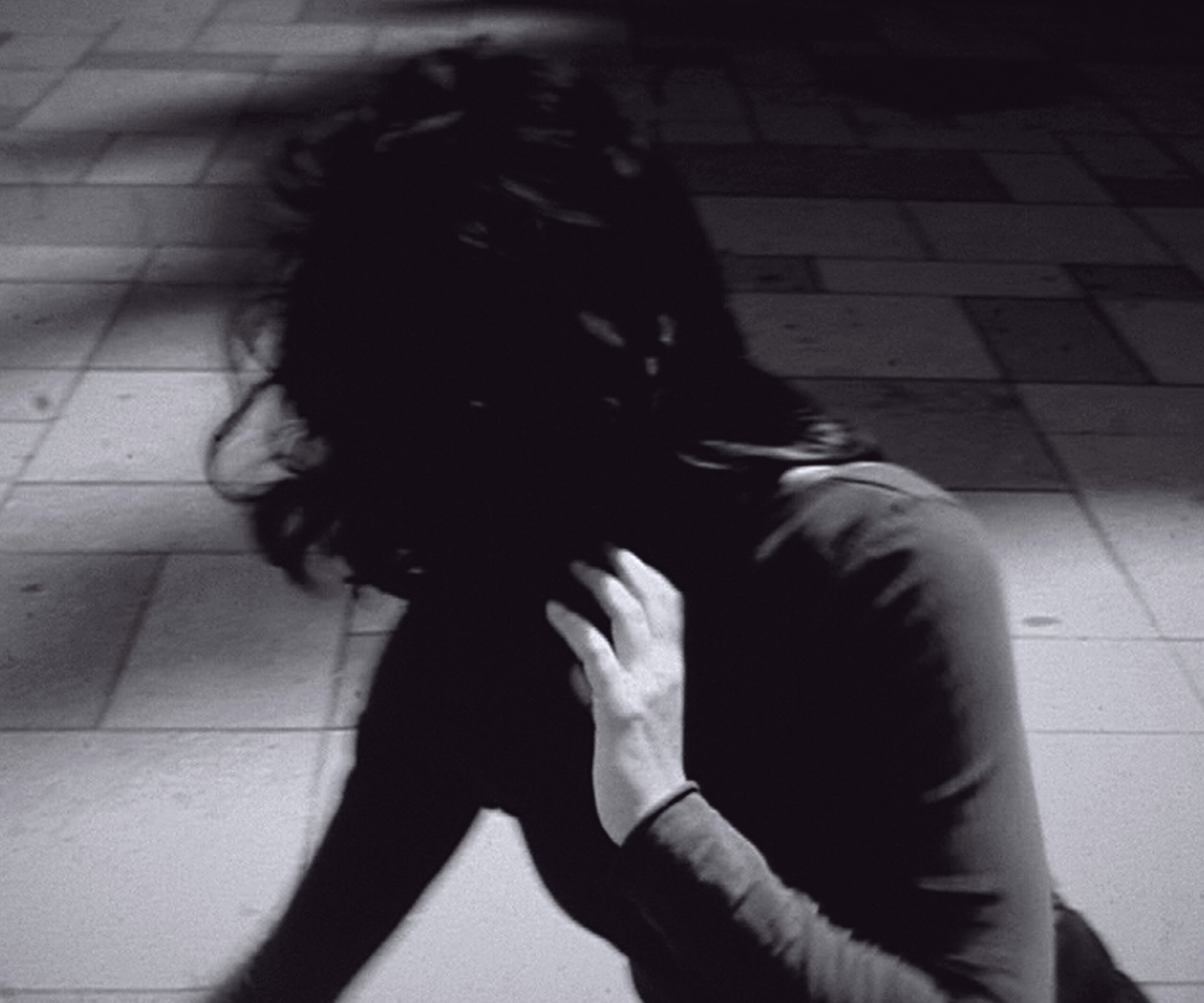
Ä°lkin Beste Çırak & Nigel Gavus: Film Still “Letters from a Window” 2020 – Film Still
Synopsis:
Motion at a standstill – movement at a standstill – photo film. Snapshots of a journey through urban zones, through a lost outside. Accompanied by the poetic, monologue-like voice-over of a woman reflecting on her separation from the world, on memory and dream. A surreal cinematic letter about the unreal mood in times of crisis.
“I’m a shadow. I’m a vague image that travels in memories. What distinguishes a human from a picture?” A woman on her way through a city. Snapshots of the outside, of urban hustle and bustle, of architecture, people, faces and fleeting encounters. Captured in high-contrast black-and-white images – stills brought to life by motion blur, montage and a breathing handheld camera. Still movement, movement at a standstill, photo film. The living life, however, takes place on the sound level: city noises, street traffic, here and there voices of passers-by – lost things. What distinguishes people from stones unfolds in poetic, monologue-like voice-overs that reflect on the separation from the world and from loved ones, on memory and dream. Inner movement, alienation, longing. The unreal mood of a time of crisis – captured in a surreal cinematic letter to be delivered.
Text: Michelle Koch
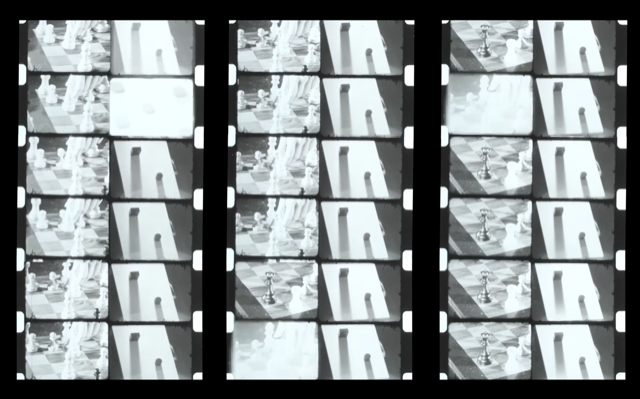
8 x 8: exquisite corpse (16mm to Video, 01:30 min, 2020)
8 x 8: EXQUISITE CORPSE (16mm to Video, 01:30 min, 2020)
The film “8 x 8: exquisite corpse” is also a collaboration between two artists (Nigel Gavus & Ilkin Beste Cirak) in which the game of chess becomes one Search for subconscious discoveries will. Her artistic experiment focuses on duality, movement and multiplication and is enriched by the methods of the “exquisite corpse”, a playful technique invented by the surrealists AndrĂ© Breton, Marcel Duchamp, Yves Tanguy and Jacques PrĂ©vert in the 1920s. The film’s title also refers to the analog black-and-white film format – double 8mm – as well as the layout of a chessboard (eight-by-eight grid). The raw material, double 8 mm, a film format from the 1930s, determines the camera and montage work. The image production is based on the structure of the double 8mm film, which is 16mm wide. The first half of the film is exposed in the camera and then turned over to allow the second half to be exposed in reverse. This technique is reminiscent of the simple mechanism of an “exquisite corpse”. Normally, after development, the film is cut and divided into two film strips. In this film, the artists deliberately avoided this division in order to create the double effect in the material. The result is a split-screen 16mm film running two 8mm tracks simultaneously. This film manifests itself as a two-sided surrealistic journey of a game of chess. The left lane follows each move in a rationalistic manner, while the right lane presents a human imagery that projects abstract images as reflections of the game.
Sigrid Mau (born 1994 in Denmark) has been studying painting and performance at the Academy of Fine Arts Vienna since 2016. She works mainly with painting/drawing and text-based performances that explore themes such as sexuality and dominance, loneliness and fertility, paranoia and obsession and their effects on the female body and psyche.
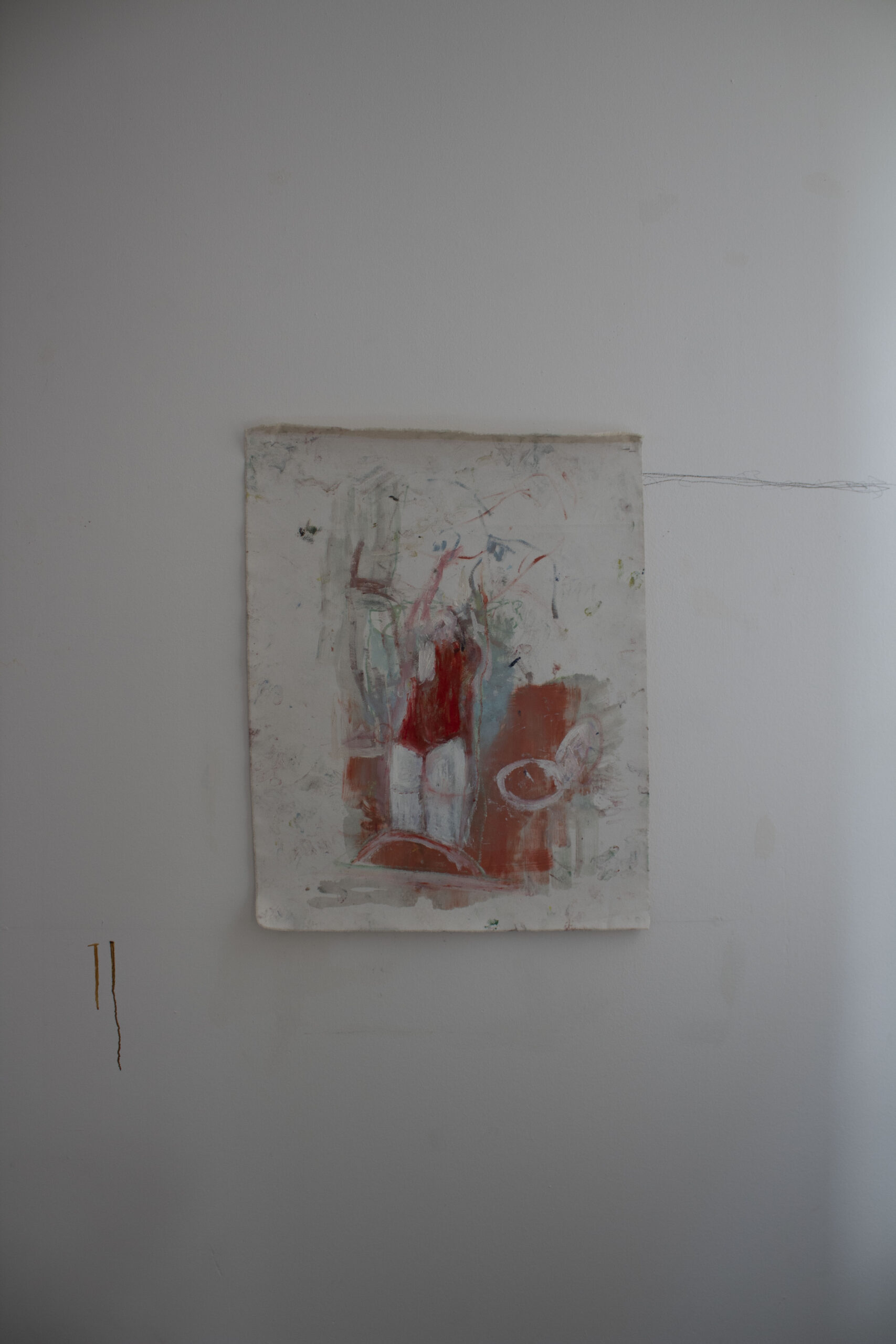
Sigrid Mau ”Toilet, swimsuit No.”2, oil on canvas 2022

Sigrid Mau ”(frontal, bathroom) I thought I was so strong”, oil on canvas 2022
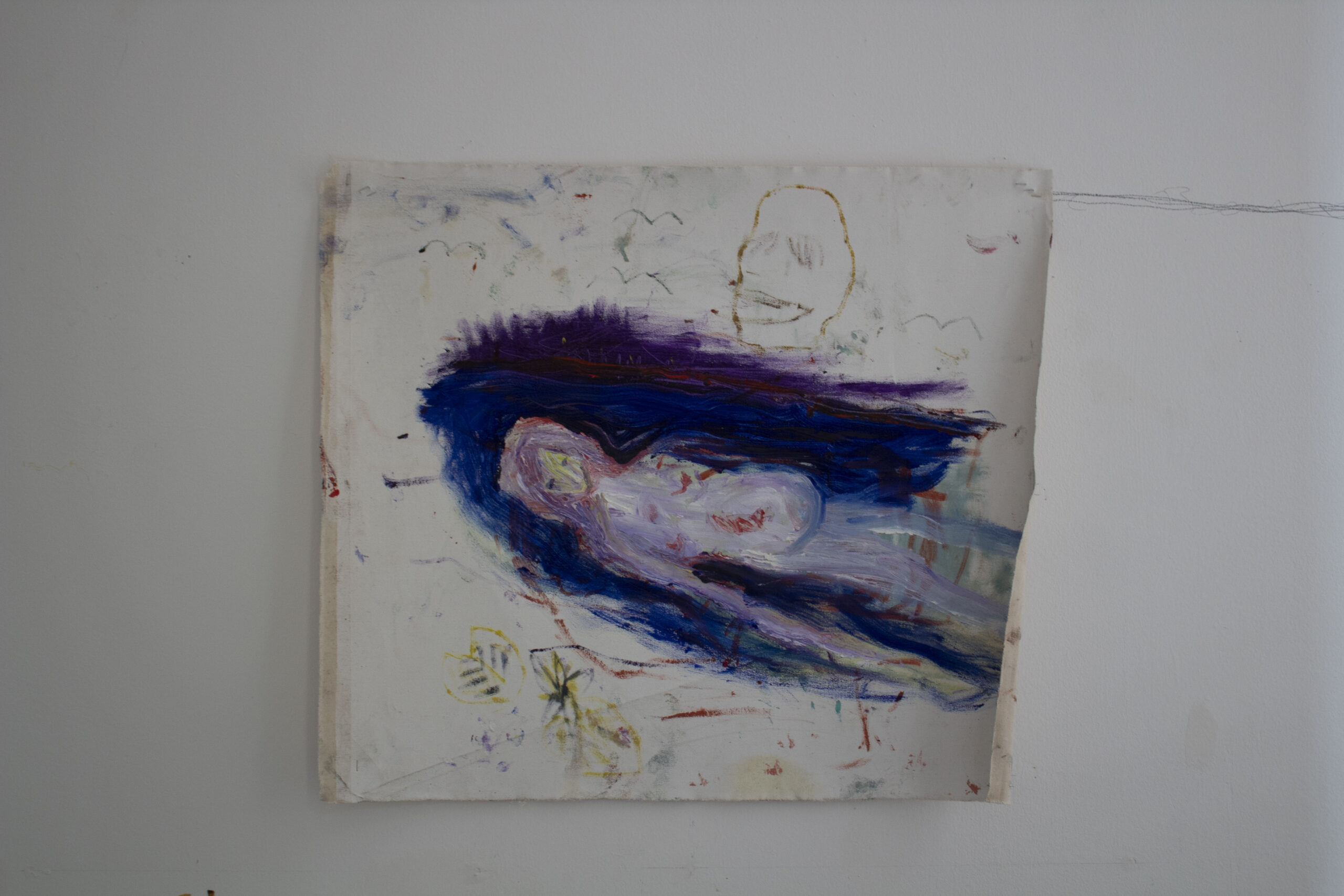
Sigrid Mau ”Weak Swimmer”, oil on canvas 2022
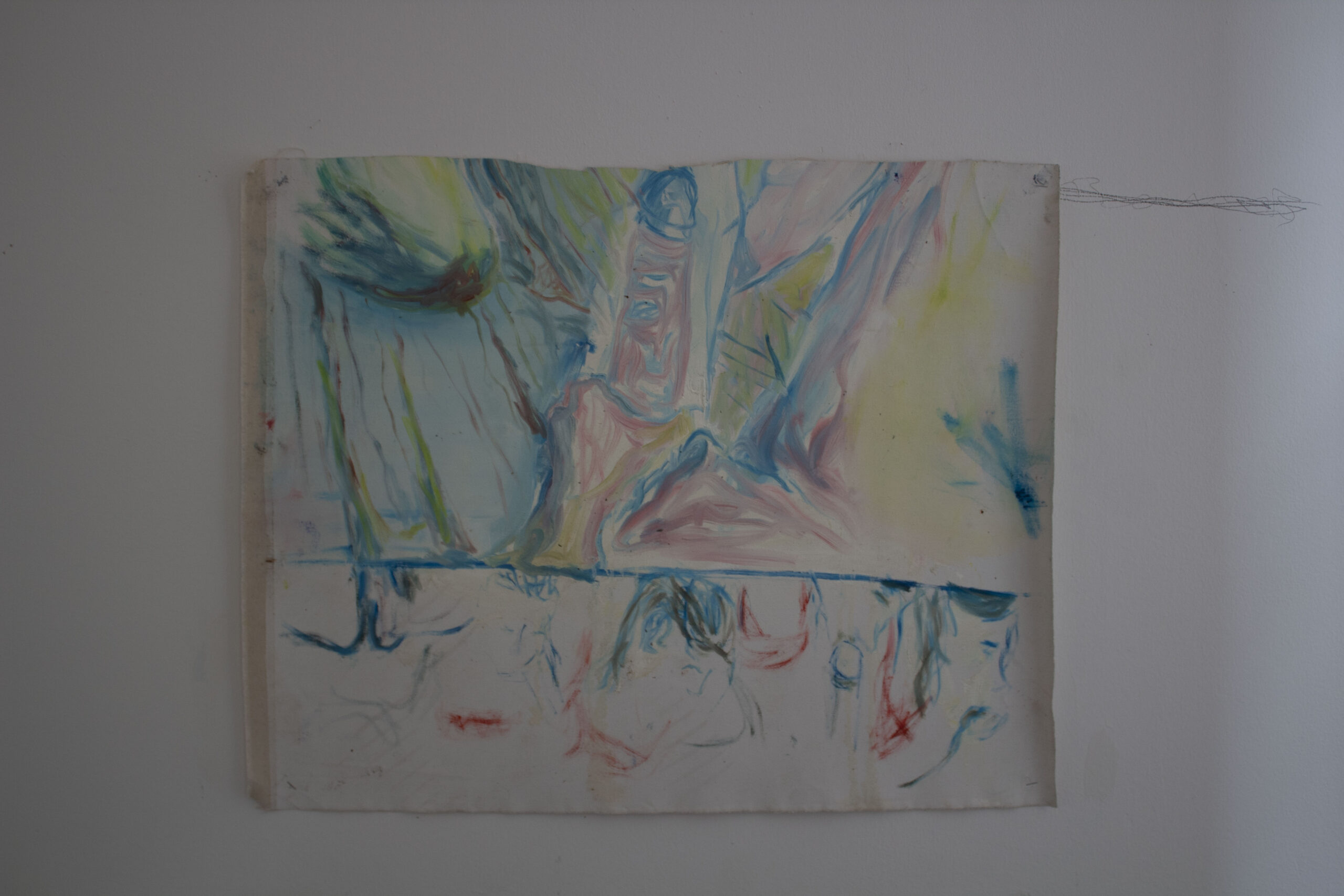
Sigrid Mau ”Timeline 2022”, oil on canvas 2022

Sigrid Mau “artist in the studio”
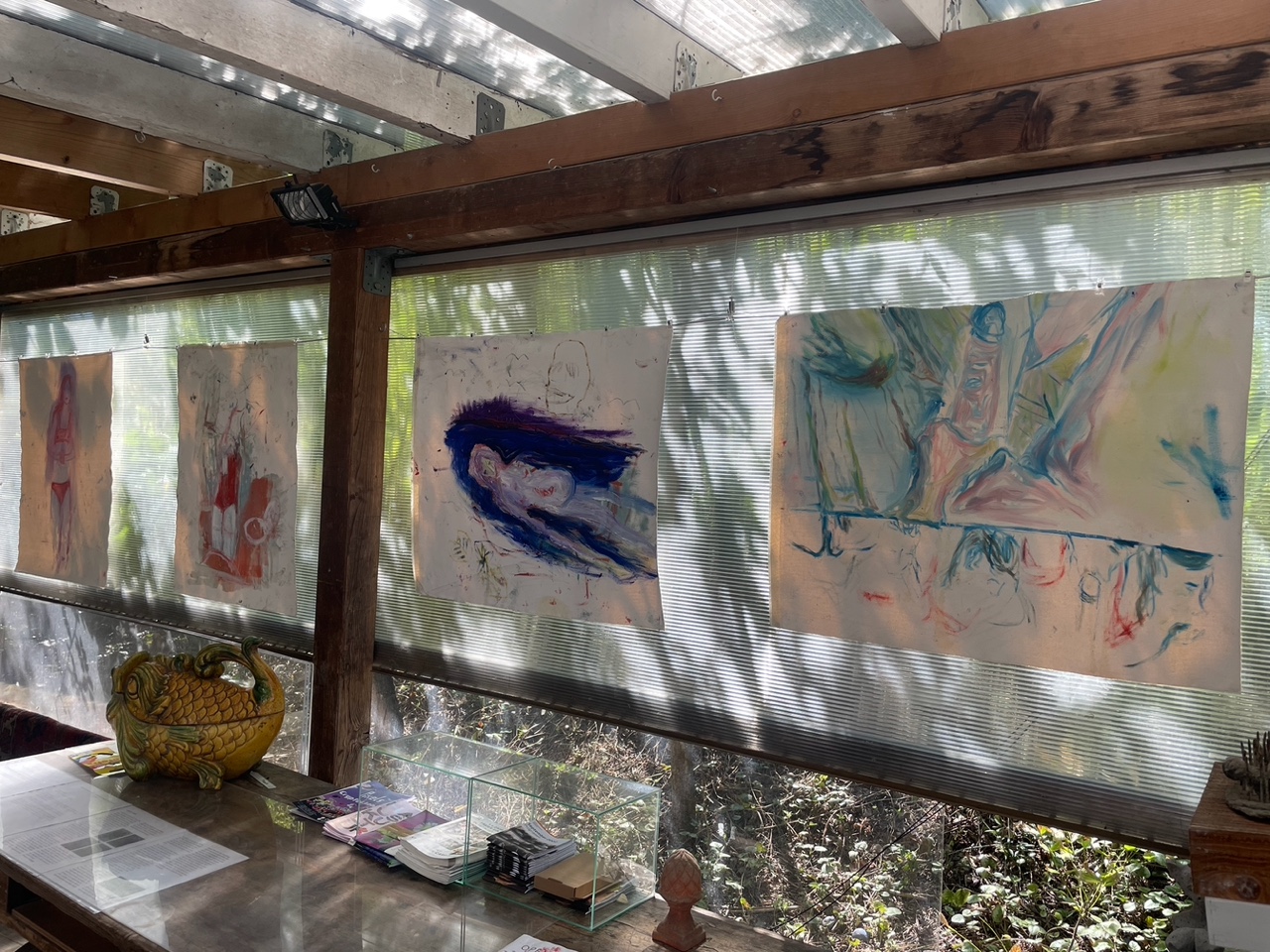
Sigrid Mau – Exhibition view

